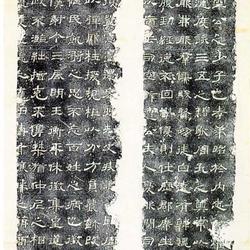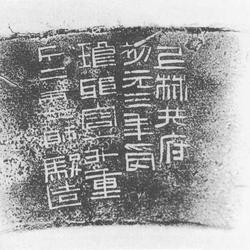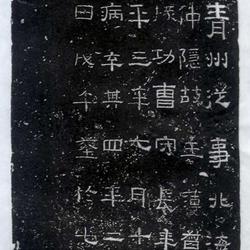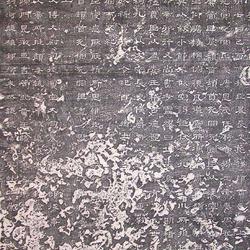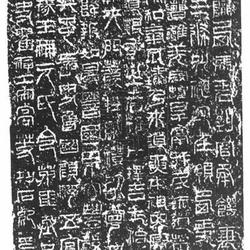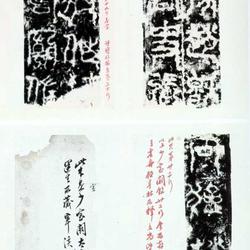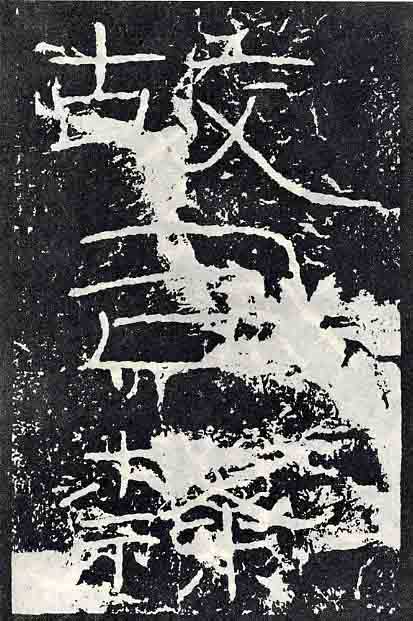
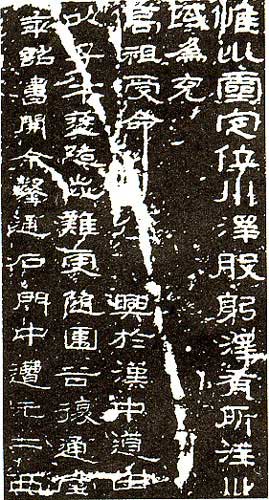
"Ode to the Stone Gate" was written by Wang Sheng, the prefect of Hanzhong in the second year of Jianhe in the Eastern Han Dynasty (AD 148). It was a eulogy written by Yang Meng, the Sili captain in the early years of Emperor Shun. "Ode to the King" is engraved on the west wall of the Shimen Tunnel at the south end of Baoxie Road in Baocheng, Shaanxi Province. It is 261 cm high and 205 cm wide. The calligraphy style is Han Li, with 22 lines of engraved writing and a full line of 31 characters. In 1967, due to the construction of a large reservoir where Shimen was located, the cliff was carved out of the cliff. In 1971, it was moved to the Hanzhong Municipal Museum and has been preserved to this day.
"Ode to the Stone Gate" on the cliff is one of the famous Han inscriptions in my country. It is called the "Three Odes of the Han Dynasty" together with "Ode to the Yige" in Lueyang and "Ode to the West Narrows" in Chengxian County, Gansu Province. The full text, with a total of 655 words, comprehensively and in detail describes how Yang Mengwen, the commander of the Sili School during Emperor Shun's reign in the Eastern Han Dynasty, requested the construction of the Baoxie Road and the process of building the Baoxie Road.
This cliff calligraphy is simple, natural and full of variety. Each stroke starts with a sharp edge, which is implicit and meaningful; the middle movement is slow and solemn; the stroke ends with a sharp edge, which is round and smooth. The writing style throughout the text is free and interesting, and it is known as "Li Zhong Cursive Script". Yang Shoujing's "Ping Bei Ji" said: "His writing style is really like wild cranes and gulls, floating and celestial. All the sparse and beautiful schools of the Six Dynasties emerged from this."
"Ode to the Stone Gate" is the finest official script of the Eastern Han Dynasty and a representative work of cliff stone carvings. It had a huge impact on the subsequent development of calligraphy art. It is called a national treasure. Zhang Zuyi of the Qing Dynasty commented: "In the past three hundred years, there have been countless people who have studied Han Dynasty stele, but no one has studied "Ode to the Stone Gate". Because of its strong and unrestrained spirit, timid people dare not learn it." "The word "Cihai" on the cover of "Cihai" published by the Commercial Press before liberation was taken from "Ode to the Stone Gate".

